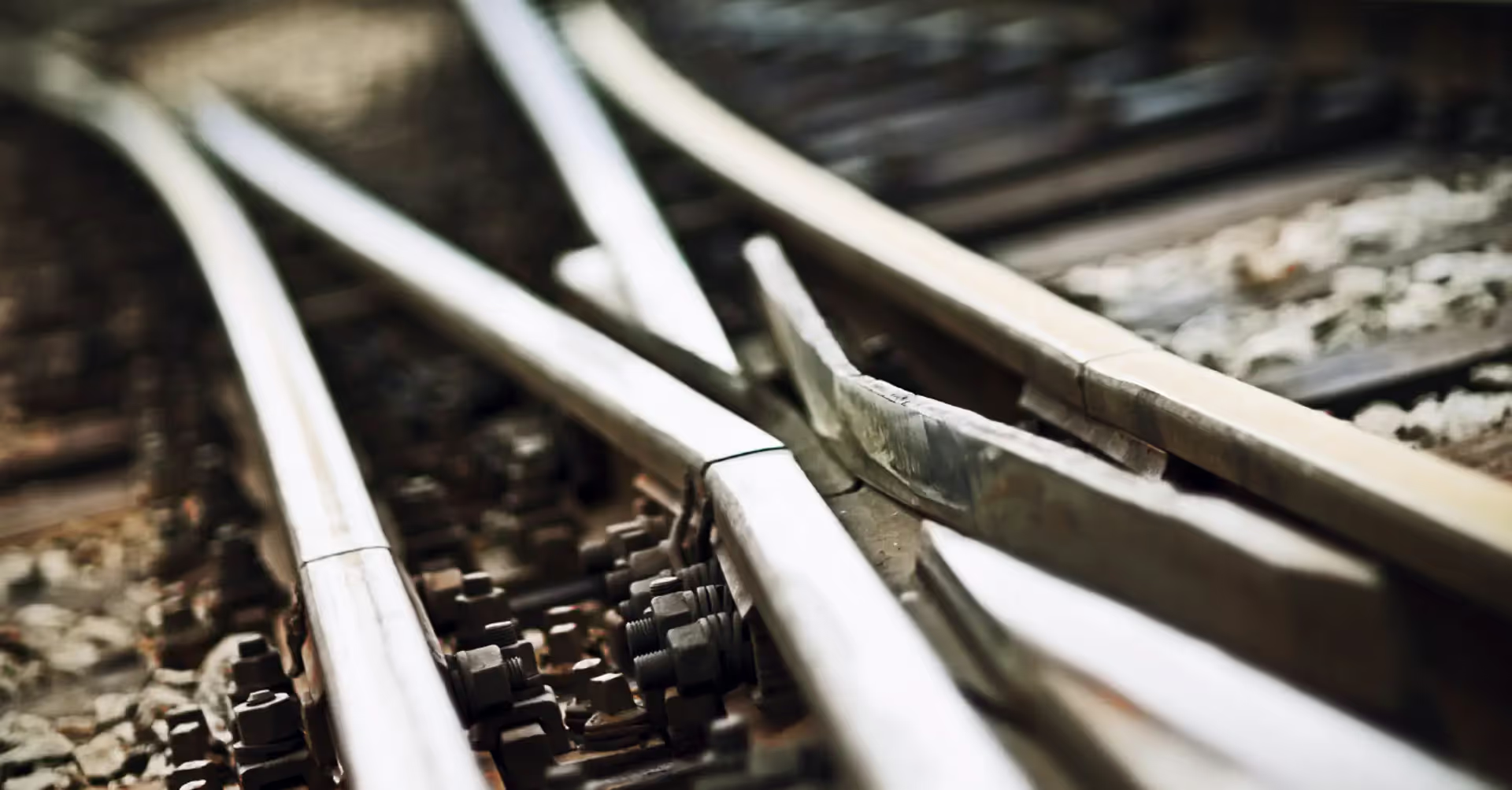Ultrasonic rail inspection enables early detection of internal defects in rails, weld joints, and profile transitions. It is used in the railway sector for preventive maintenance and allows continuous monitoring along track sections. Typically, weld seams at rail joints are inspected manually, while longer sections can be recorded automatically.
Technology and Methods
During ultrasonic rail inspection, one or more probes are moved over the rail, usually with couplants such as water or gel. The emitted sound waves penetrate the material and are reflected at defects or interfaces. Techniques like Phased Array allow electronic control of the sound beam angle, while TOFD enables exact localization and depth measurement of defects. This allows reliable identification of cracks, bonding defects, inclusions, and material inconsistencies.
Applications and Benefits
- Inspection of rail bodies and weld seams directly on the track
- Detection of hairline cracks, fatigue damage, and bonding faults
- Execution also possible in installed condition, mobile on-site
- Short downtime and deep penetration
- Documented results for maintenance planning and safety
Limitations and Challenges
In complex geometries such as switches or crossings, inspection depth may be limited. Corrosion and uneven surfaces also affect signal quality. In such cases, complementary testing with other methods like RT or VT is advisable. For weld seam inspections in the track area, precise calibration to the respective rail profile is required.
Standards and Norms
Ultrasonic testing of rails is governed among others by DIN EN 16729-1 and DIN EN ISO 17640. In the railway sector, the specifications of Deutsche Bahn (e.g., guideline 821.2005) must also be observed, especially for safety-relevant inspections and documentation.
If you would like to commission a rail inspection, please provide us with the profile, material, length, environment, and desired testing technique. We will promptly prepare a suitable concept for you.
More about Ultrasonic Testing (UT)

